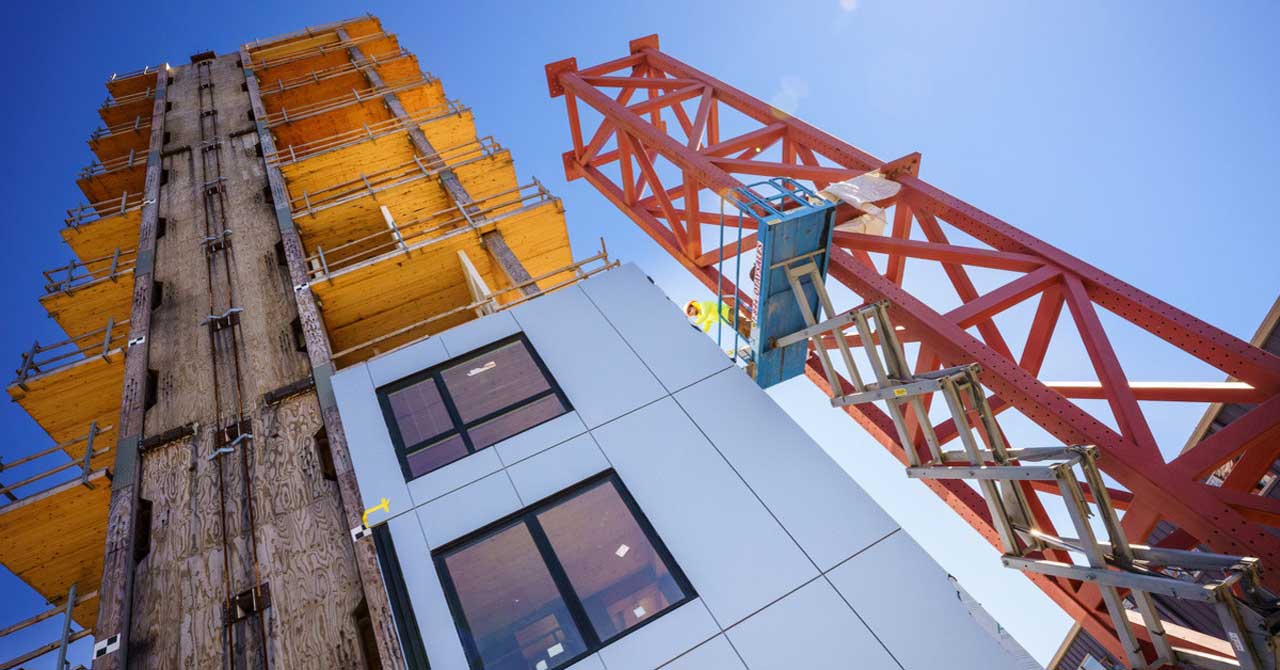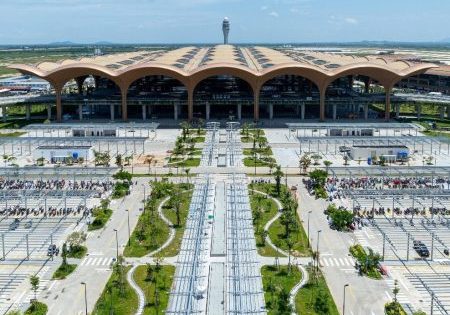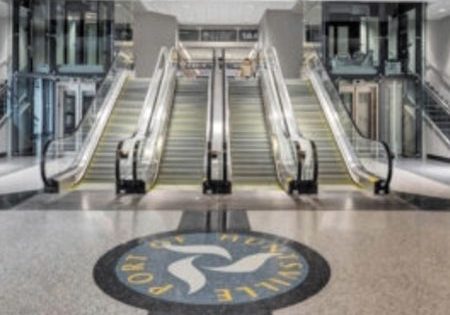First-Ever Earthquake Simulation in 10-Story Mass Timber Building
How does a high-rise mass timber building behave in the face of an earthquake? To dispel doubts, the Tallwood Project recently erected a 10-story building made of cross-laminated timber (CLT) at the University of California, San Diego (UCSD), ArchDaily reports. The structure was tested on a shake table that simulated the 1994 Northridge earthquake in Los Angeles, magnitude 6.7, and the 1999 Chi-Chi earthquake in Taiwan, magnitude 7.7. Mass timber buildings are increasingly common in cities worldwide, as they are seen as an environmentally responsible alternative due to their lower levels of embodied energy. To gather data and validate a seismic design methodology for tall wooden buildings, the US National Science Foundation (NSF) allocated US$17 million to upgrade the largest outdoor earthquake simulator in the world. The simulator accurately reproduces the full 3D ground motions experienced during earthquakes, encompassing movement in all six degrees of freedom: longitudinal, lateral, vertical, roll, pitch and yaw. The Tallwood Building, designed by LEVER Architecture and fabricated by Timberlab using donated mass timber products, reaches a height of 116 ft. During the tests, 800 sensors collected crucial data that will allow the development and calibration of computer models to help engineers design similar buildings in the real world.
Get more of Elevator World. Sign up for our free e-newsletter.









